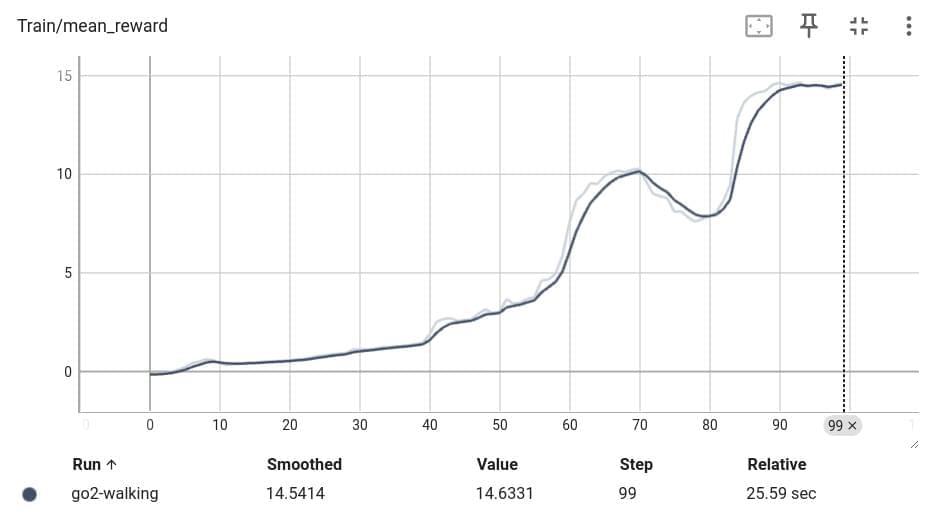Summary: Researchers identified variants in the DDX53 gene, located on the X chromosome, as contributors to autism spectrum disorder (ASD). These genetic variants, found predominantly in males, provide critical insights into the biological mechanisms behind autism’s male predominance.
The study also uncovered another potential gene, PTCHD1-AS, near DDX53, linked to autism, emphasizing the complexity of ASD’s genetic architecture. This research highlights the importance of the X chromosome in ASD and opens avenues for more precise diagnostics and therapeutics.
The findings challenge current models, urging a re-evaluation of how autism is studied. These discoveries mark a significant step in understanding the genetic underpinnings of autism.









